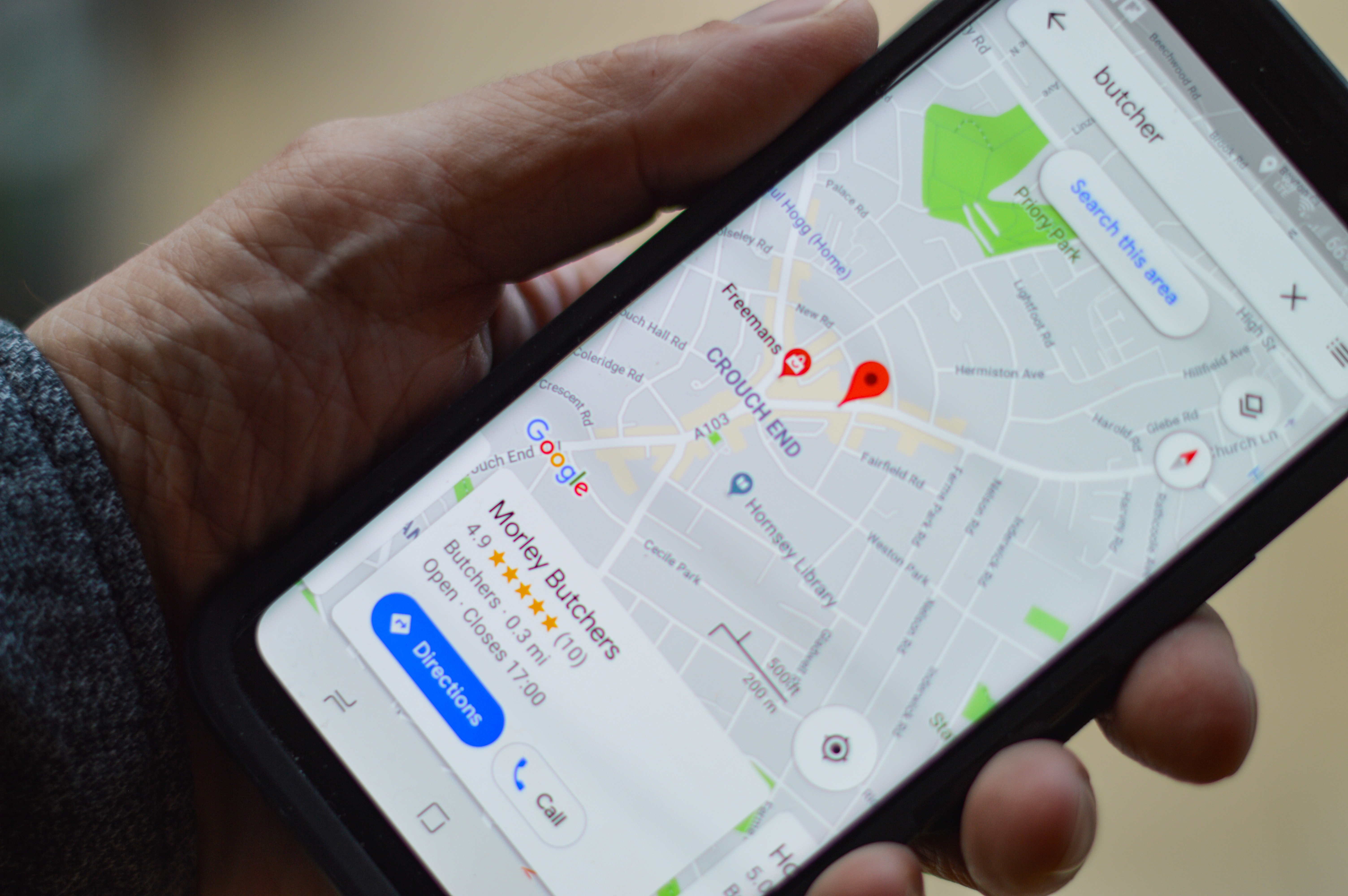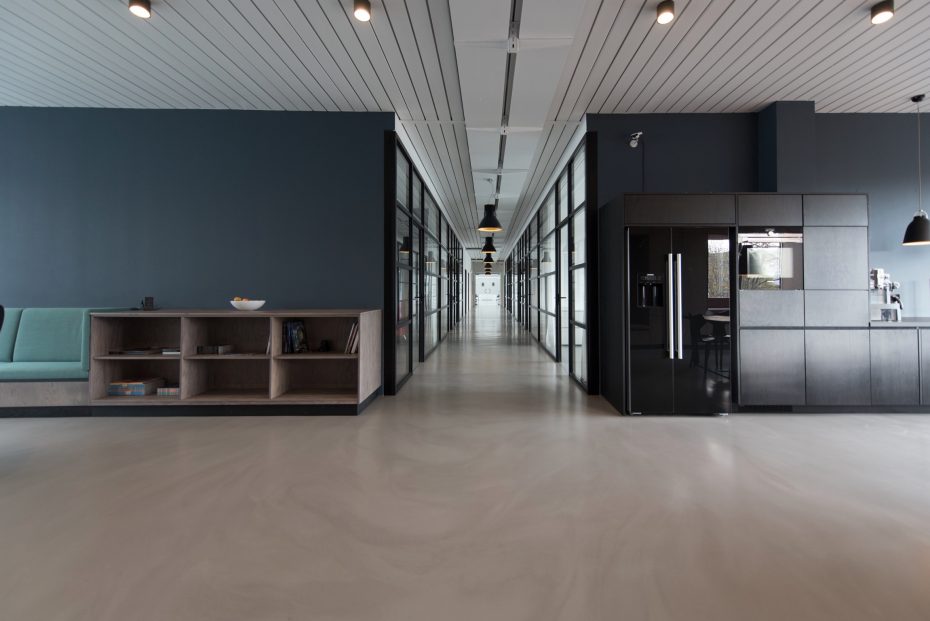If you’re considering expanding your office by adding another location, things are probably going well. Your organization may be hiring, running out of room, or trying to expand into a new market.
A healthy, growing business can be exciting. Expansion may be something that you’ve always wanted or hoped for. Now, it looks like the time may have come.
However, as you probably know, investing in a new office location is not something you should rush into. Wrong choices in the expansion process can cause cash flow problems, operations problems, and culture problems that can have big repercussions.
Before you get too serious about a new location, consider the following questions carefully.
Can you afford it?
This question might seem pretty straightforward, but in some cases, there are hidden expenses that come along with a new location that can throw your budget off quickly.
As we discussed in our post How to Evaluate a Potential Office Space, you need to get a solid handle on which amenities and services are included in your rent or lease costs, and which you’ll have to pay for yourself. These include things like maintenance and landscaping for a standalone property, or services like shared security or shared cleaning services in a shared office building.
You’ll also need to do your due diligence into how much monetary value a new location can add to your organization. Perks such as easy street access and high visibility can be great for attracting new clients, depending on your industry. If you won’t be getting those with the new location, the projected business growth might not offset your expenses as much as you’d initially expect.
Finally, if you’re going to be running the same business out of two separate locations, there might be additional operational costs required. For example, you might have a harder time tracking shared inventory or supplies. Staff who work out of both locations or even travel between them occasionally may need to be reimbursed for travel expenses, which can add up.
Either way, a new office investment isn’t something you should have any hesitations about being able to afford. If you’re considering expansion, business should be booming, and cash flow projections should be super healthy.

Can you get more use out of your existing space?
If you already run one office location, you know that a physical office is a major expense, regardless of how much value it adds in other ways.
That’s why it’s always a good idea to ask whether there’s any way to make your existing space work for your needs.
If the issue is crowding, consider some out-of-the-box ways to get more space.
Specifically, you could shift to an activity-based office design where employees don’t necessarily have assigned desks, but can choose a workspace based on the type of work they’re doing. For example, they can go into phone booths for phone calls, breakout spaces for one-on-one meetings or brainstorming, and conference rooms for larger meetings.
We discuss more about activity-based design and other ways to make your office more flexible in our article 7 Ways to Get More Value From Your Office Space.
Another outside-the-box idea for an office-space-saver: Allowing your employees to work remotely. Besides potentially saving you the huge expense of investing in a second location by minimizing employee space needs, work-from-home options may boost morale and productivity. Plus, it’s eco-friendly because it cuts down on commutes and reduces office energy consumption.
How will a new location affect your office culture?
If your plan is to move some of your existing employees to work out of a new location, you’ll have to think through what message those choices will send to the rest of the staff, and how it will affect morale.
As we wrote in our post How to Plan for an Office Move, employees always have a lot of expectations and strong opinions about where they want to work.
They may have a lot invested personally in the existing office location, for example. Maybe a new location would mean a longer commute or less convenient parking. On the other hand, some employees or departments may feel unappreciated or passed over if they’re not selected for the new location.
Employee turnover is expensive, and poor morale hurts productivity. See if you can get a clear idea about what’s important to your employees before you invest in a new location.
Will the new location add operational friction?
It takes plenty of mental energy to manage multiple office locations, regardless of how independent they are of each other.
Of course, there’s a lot of work required just to get the new location up and running, from selecting the site to managing the lease to furnishing the space. You’ll also have a lot of smaller details to take care of, from updating your company website and maps listings, to getting the word out in your network and in the community about the new location.
But the real extra work tends to pop up on a day-to-day operations level. For example, how will managers keep tabs on what’s happening at the other location on a regular basis? Will having your employees spread out across locations affect the way they communicate? Will all employees still have access to the resources and supplies they need?
Take a look at your existing workflows and really think through how a new location would change them, for better or worse.
Also, consider that extra complications might arise if you’re locating your new office in another jurisdiction, such as another state or even another town. You might find yourself dealing with a completely different set of legal regulations that can change things like how you pay taxes to how you have to hold emergency drills.
Are your systems ready to scale?
If the new location will be operating mostly independently of the original location, internal workflows should be documented, streamlined, and ready to scale long before you try to duplicate it all in a new place.
You’ve been successful in your current location, but a new location can bring new challenges and a lot of changes. Don’t take anything for granted. Analyze your workflows for any inefficiencies before you grow. Make them as simple and consistent as possible so that they can be followed easily in the new location.
You may have been successful in your current location, but a new location will bring new challenges. Don’t take anything for granted. Click To TweetSoftware can play a critical role in smoothly duplicating your systems and processes in new locations.
The programs you use for things like accounting, billing, and marketing should let you add and manage any new locations incorporated into your business. Managers should be able to get an overall view of operations, as well as drill down to the specific data for individual locations. If your tools aren’t growth-friendly, it might be time to switch to some that are.
For example, The Receptionist visitor management software has a locations dashboard that shows visitor data for each location. Users can apply unique branding and preferences to specific locations, or apply changes to all locations at once. They can even assign different rights to specific locations for their employees.
To learn more about The Receptionist or try it for yourself, click here.
Share this Post

